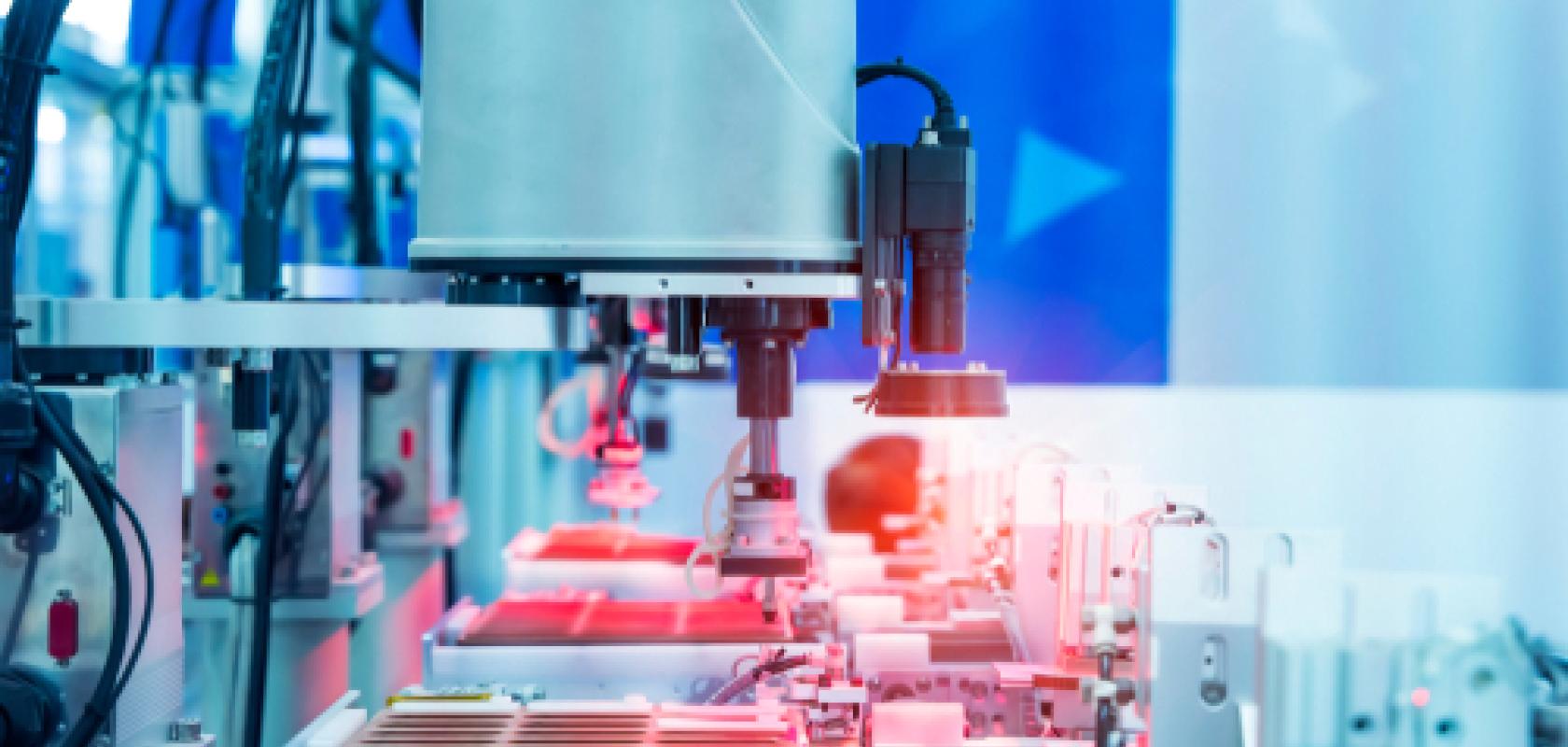Greg Blackman speaks to Simon Beveridge, managing director of UK-based vision integrator Siga Vision, about installing vision systems during Covid-19
What impact has Covid-19 had on how you operate?
The major effect that Covid-19 has had is to do with travel restrictions and access to sites. That's for new projects. We have remote access to most existing projects for software upgrades or modifications. We have systems installed around the world, so most of them can be accessed remotely – we're already geared up to service machines remotely.
The real challenge for us at the moment, or that's about to start happening, is travel restrictions for new installations outside Europe. At the moment, certain groups of people, including some Siga Vision staff, are exempt from quarantine travelling to and from Europe, because they are classified as having specialist skills. But we can't go to America, for instance.
When lockdowns were imposed factories just shut their doors initially. Now we're finding we've got pipeline projects that are being built with our machine builders and are about to get shipped globally, but there's no one to install them. That's where the struggle is going to be in the coming months.
We're talking large machines which might take a year to build from start to finish. When Covid-19 hit around March time, machine builders continued to work on projects in their facilities. These machines might not be quite there yet, because of the time scales required to build them, but they are starting to get to the position where they need to go through acceptance testing and then be shipped. It won't be long, a couple more months, and then there will be machines shipped across international borders, but the people needed to install them can't travel.
That's the first thing that's going to happen; you have to find the right staff with the right skill set to install those machines. Domestic work is easier because all there is to worry about is health and safety procedures imposed by the factory, and each one will have its own set of rules regarding Covid-19 – social distancing, hand washing, and most people are temperature checked before they go into factories.
Normally, vision is the very last thing that gets set up on the machine. The machine might be installed and wired, but until you can put parts through it, you can't really do much with the vision. Some of the software can be programmed a bit in advance according to what you think you'll need, but you have to go on site to set it up: focus the cameras, get the exposure right, get the lighting right, mechanically fit everything, and lock it down.
How have orders been affected?
Manufacturing can still be a good place to work in some sectors. We are quite lucky because we work predominantly in pharmaceutical manufacturing, mainly in pharmaceutical packaging, which is typically very stable. Sectors like automotive are probably going to be hard hit initially though.
In pharmaceutical manufacturing it's not really a case of acceptance when it comes to vision; it's legislated that manufacturers have to have vision on certain parts of the machine, or have an operating method that captures certain data, which is best achieved using vision.
We had quite a lot of orders placed just before lockdown, which we've been building on site. We didn't have many supply chain issues. Sales did slow down a bit, but as of mid-August we have been quoting significantly more.
How is the vision technology you use changing?
The major jump that's happened in the vision industry over the last couple of years is the introduction of deep learning or AI software. We're starting to use this on a regular basis and virtually on every multi-camera installation.
Systems using deep learning are easier to set up and more reliable once they are running, in that the technology allows for manufacturing variation. Normally a vision system will work at 100 per cent accuracy if the factory keeps producing perfect parts. But no one produces perfect parts; there's always some kind of variation. With deep learning, you don't have to worry so much about that; you can give it a sample set of images and it works well. For inspection tasks where there's a lot of variation in the product, then deep learning is amazing.
The integrator still needs to put the effort, time and money into things like illumination to capture a good image. But I've got several installations that, on the face of it, appear easy, but traditional vision can't solve these tasks.
Also, you don't necessarily need to be a vision expert to use deep learning software. You still need to be able to get a good image, and you still need to think about what it is that you are trying to get the deep learning to do, but the results it comes back with are phenomenal. You don't need thresholds or edge detection, you just need to say what it is you are interested in and the software will figure it out.
Deep learning can be very heavy on the data input, but it does make life easier for people, especially if they've got less vision experience.
--
Siga Vision, based in Leighton Buzzard, UK, develops and installs automated visual inspection solutions for production lines, robot guidance, material handling, defect detection and quality control. Simon Beveridge has more than 20 years' experience working with machine vision.
Get in touch
Please let us know how you are coping with the current situation. What are you most concerned about; how are your organisations aiming to deal with the effects of Covid-19? greg.blackman@europascience.com


